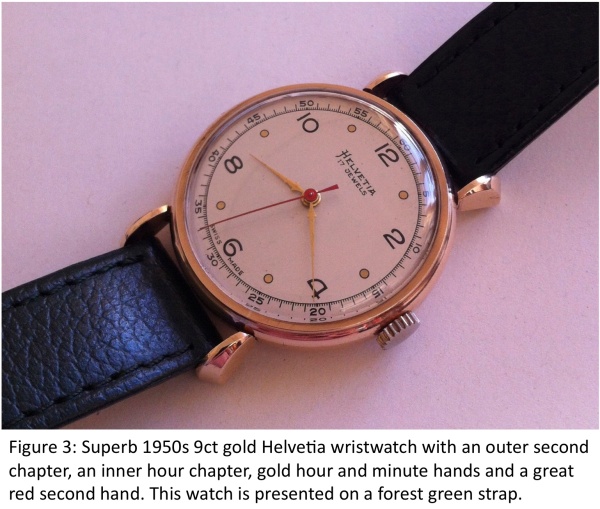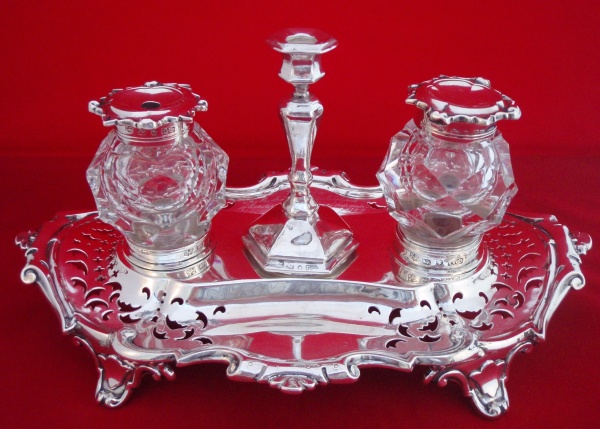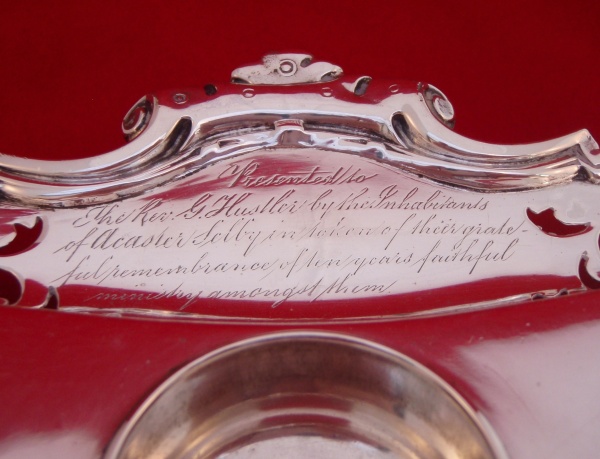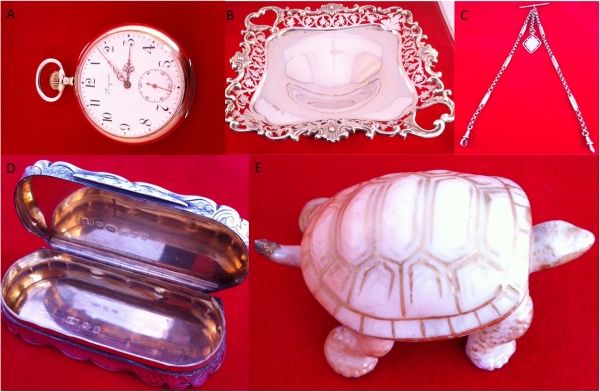The history of the Helvetia watch goes way back to 1848, when a certain Louis Brands established a sales office for manufacturing watches. By 1880 Louis and his brother César set up a watch manufacturing business, La Generale Watch Co (General Watch Company). Clearly names for their product were required and the two brothers picked a number of names for their watches including Patria, Jura, Celtic and Helvetia, with Helvetia, being the female personification of the Swiss nation, bearing testament to the Swiss origin of their watches. The watches produced by the Brands brothers were highly thought of and by incorporation of the new lever movements in 1885, they produced timepieces that were accurate to within an astounding 30 seconds per day. Four years later the General Watch company was producing more than 100,000 watches per year and became the largest producer of watches in Switzerland. They formed collaborations with other manufacturers, most notably Audemars Piguet and produced highly desirable watches such as the minute repeating wrist-watch in 1892. This was way ahead of its time bearing in mind that wrist watches only gained popularity during the 1st World War.
By 1894 the General Watch Company had developed a new type of watch movement incorporating the revolutionary idea of having component parts that were interchangeable. This of course decreased manufacturing costs, made the manufacture of watches more efficient and also made watch repair easier. I simple name for this new product was required and it was the companies banker Henri Rieckel who came up with the simple and quite elegant name Omega. The Omega brand was a tremendous success and by 1903 it was decided that Omega would split from the General Watch Company as an independent enterprise, with the General Watch Company focusing its attentions on the manufacture of cylinder watches under trade names such as Helvetia.
In the depression of the early 1930s the Swiss watch manufacturing industry was in turmoil. There was a significant risk that many watch manufacturers and allied businesses would face bankruptcy. To prevent this the Swiss government and the Swiss banks provided funds to form Allgemeine Schweizerische Uhrenindustrie AG (ASUAG) as a vehicle to allow watch manufactures to pool resources and thus protect employment. ASUAG basically consisted of two arms, a conglomerate of movement blank manufacturers and movement part manufacturers, and a conglomerate of watch assembly companies under the company name of the GWC (General Watch Company) Ltd. Helv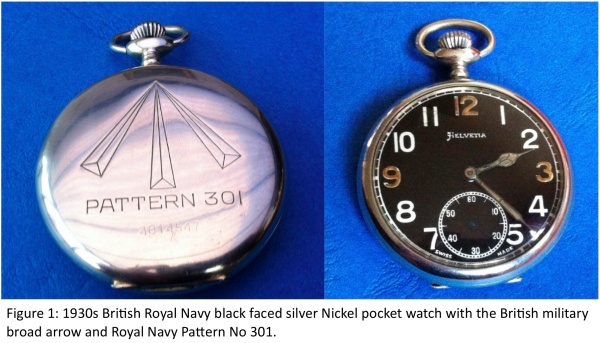 etia was one of the brands made by this newly merged company. At the time GWC Ltd made high quality watches for both the domestic and the military market. Emerging from the early 1930s was a growing trend toward rearming. This drove developments in the watch industry with the German military for example ordering high quality watches from Swiss manufactures incorporating design features such as the then new (1934) Incabloc shock proofing. Other countries followed, although the UK for example tended to buy comparable watches but of a lower specification that lacked the Incabloc shock-proofing modification. Thus
etia was one of the brands made by this newly merged company. At the time GWC Ltd made high quality watches for both the domestic and the military market. Emerging from the early 1930s was a growing trend toward rearming. This drove developments in the watch industry with the German military for example ordering high quality watches from Swiss manufactures incorporating design features such as the then new (1934) Incabloc shock proofing. Other countries followed, although the UK for example tended to buy comparable watches but of a lower specification that lacked the Incabloc shock-proofing modification. Thus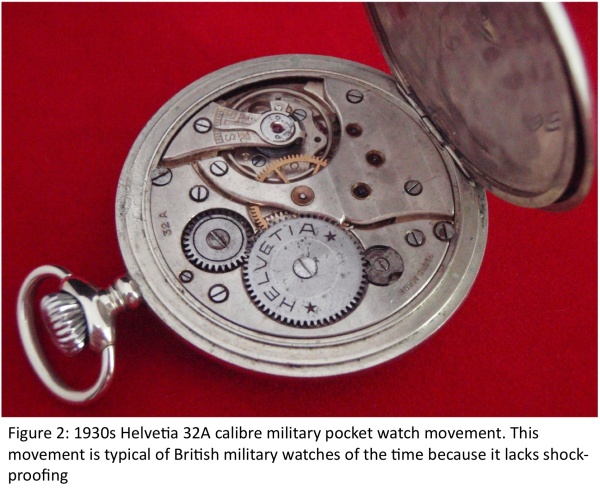 Helvetia watches, being one of the major brands of GWC Ltd, found their way into the armed forces of both the German and Western Allies. Helvetia military pocket watches are currently quite readily available, although there are some quite rare examples such as the mid 1930s Royal Navy Helvetia pocket watch shown in Figure 1. This particular silver nickel cased black dialed Helvetia pocket watch carries British broad arrow, the Royal Navy Pattern No 301 and the serial number 4014547 on its back and has a Swiss made Helvetia signed caliber 32A movement (Figure 2). Understandably such watches had a habit of disappearing a fact that is probably related to the high losses of shipping experienced by the British Royal Navy during the 2nd World War.
Helvetia watches, being one of the major brands of GWC Ltd, found their way into the armed forces of both the German and Western Allies. Helvetia military pocket watches are currently quite readily available, although there are some quite rare examples such as the mid 1930s Royal Navy Helvetia pocket watch shown in Figure 1. This particular silver nickel cased black dialed Helvetia pocket watch carries British broad arrow, the Royal Navy Pattern No 301 and the serial number 4014547 on its back and has a Swiss made Helvetia signed caliber 32A movement (Figure 2). Understandably such watches had a habit of disappearing a fact that is probably related to the high losses of shipping experienced by the British Royal Navy during the 2nd World War.
After the 2nd World War, GWC Ltd continued to make high quality watches under the Helvetia name, including this absolutely stunning wrist watches. (Figure 3). In 1968 the Helvetia movement factory in Reconvillier was bought by the SGT (Societe des Garde-Temps SA) although it seems the that the Helvetia watch factory in Bienne remained independent. Sadly the invention of the quartz movement in the 1970s had a seriously negative impact on the manufacture of Swiss mechanical watches and Helvetia was one of the victims of this new innovation. 